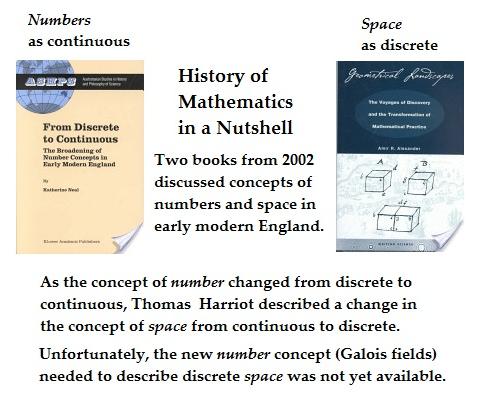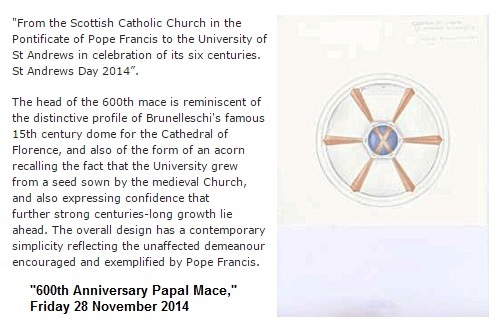See a search for "large Desargues configuration" in this journal.
The 6 Jan. 2015 preprint "Danzer's Configuration Revisited,"
by Boben, Gévay, and Pisanski, places this configuration,
which they call the Cayley-Salmon configuration , in the
interesting context of Pascal's Hexagrammum Mysticum .
They show how the Cayley-Salmon configuration is, in a sense,
dual to something they call the Steiner-Plücker configuration .
This duality appears implicitly in my note of April 26, 1986,
"Picturing the smallest projective 3-space." The six-sets at
the bottom of that note, together with Figures 3 and 4
of Boben et. al. , indicate how this works.


The duality was, as they note, previously described in 1898.


Related material on six-set geometry from the classical literature—
Baker, H. F., "Note II: On the Hexagrammum Mysticum of Pascal,"
in Principles of Geometry , Vol. II, Camb. U. Press, 1930, pp. 219-236
Richmond, H. W., "The Figure Formed from Six Points in Space of Four Dimensions,"
Mathematische Annalen (1900), Volume 53, Issue 1-2, pp 161-176
Richmond, H. W., "On the Figure of Six Points in Space of Four Dimensions,"
Quarterly Journal of Pure and Applied Mathematics , Vol. 31 (1900), pp. 125-160
Related material on six-set geometry from a more recent source —
Cullinane, Steven H., "Classical Geometry in Light of Galois Geometry," webpage



























